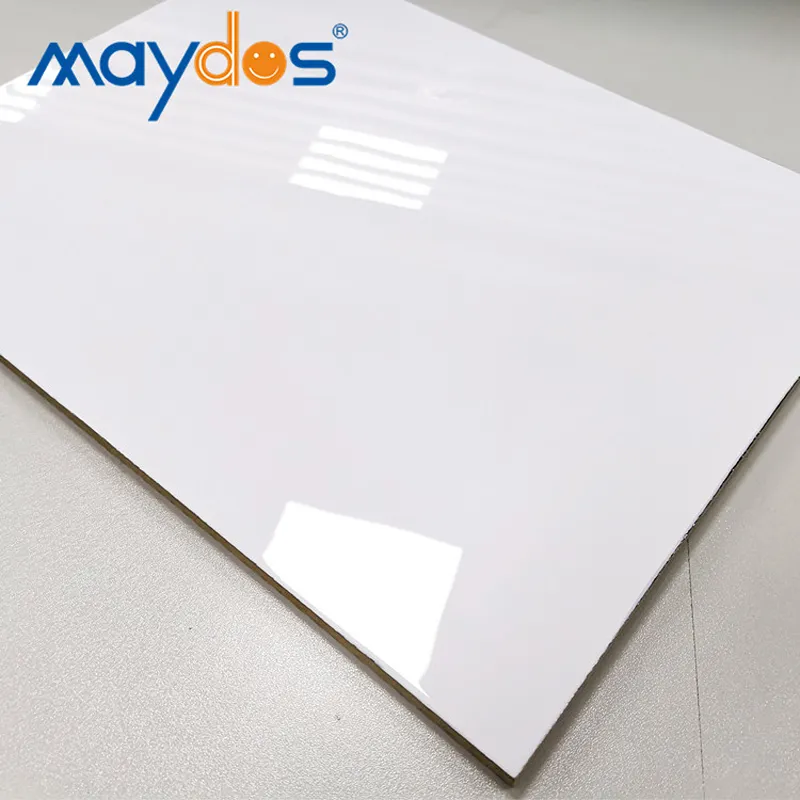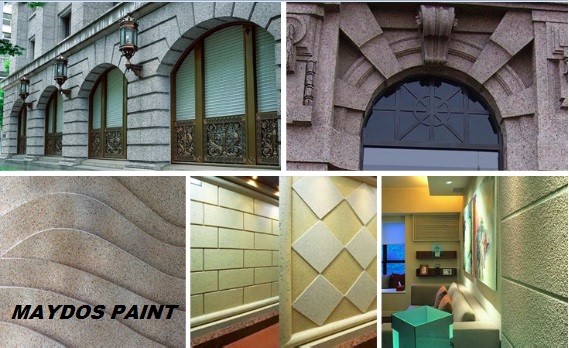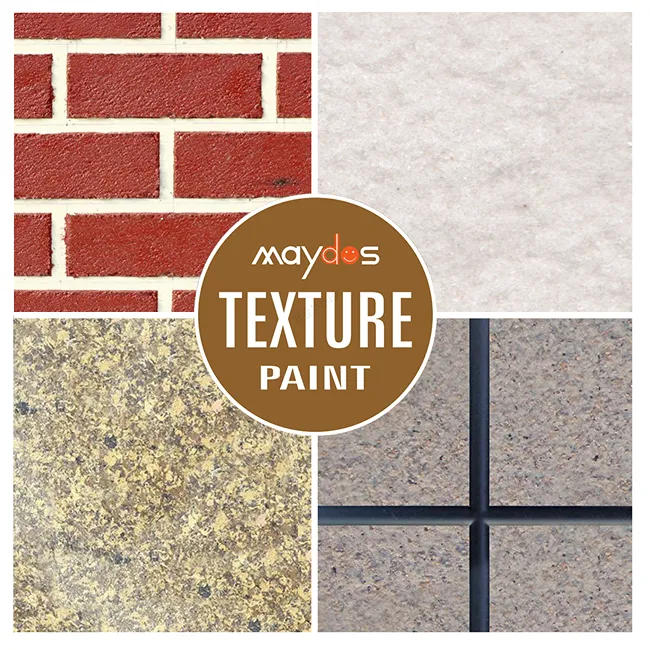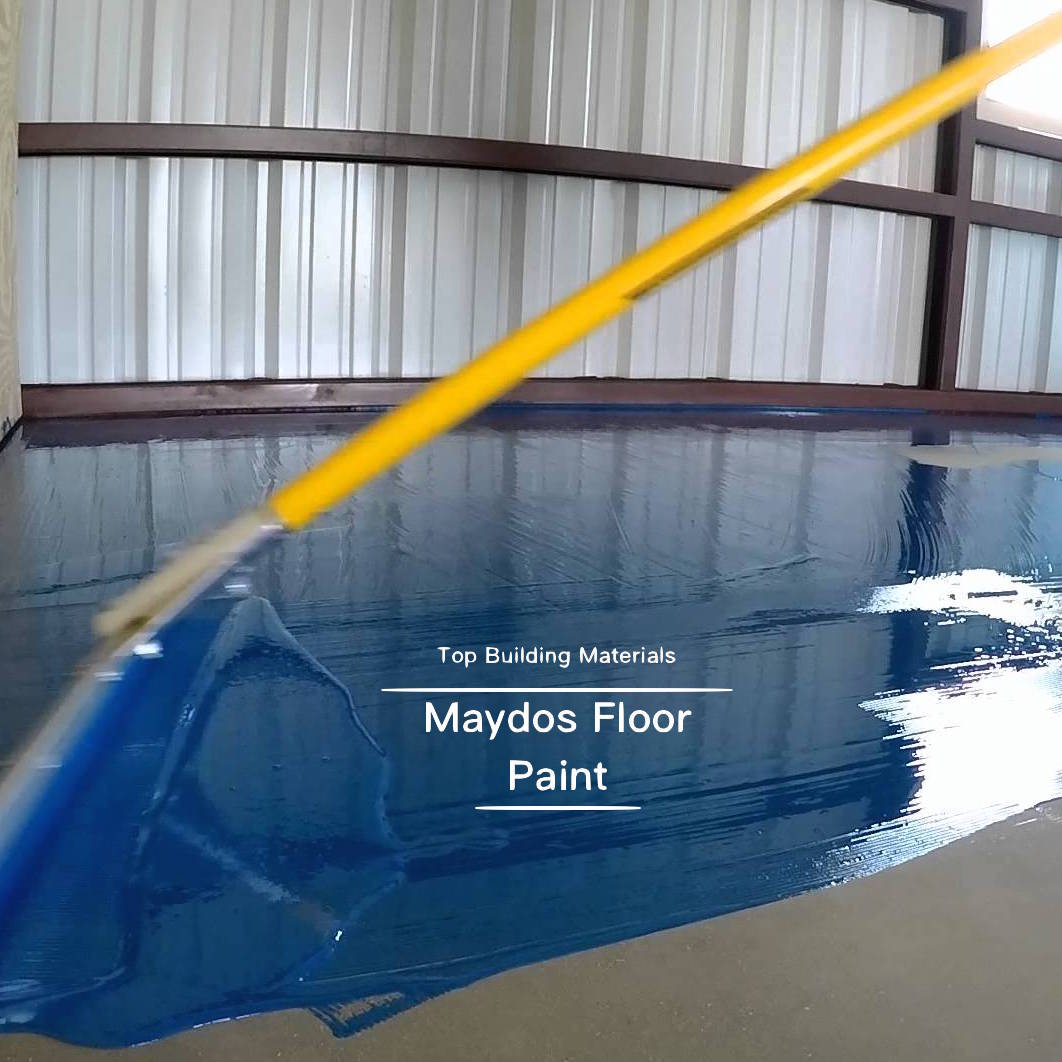UV Paint
UV paint is a type of fluorescent paint that glows when exposed to long-wave UV radiation. The chemicals present in the paint absorb these invisible UV rays and then emit them again as visible light in a shorter wavelength.
The phosphorescent properties of these paints make them glow under ultraviolet and other light forms for long periods of time. This is what gives the paint its glowing appearance and dazzles viewers.
Radioluminescent paint
When an incoming particle of ionizing radiation collides with an electron, it excitees that orbital electron to a higher energy level and then emits the extra energy as a photon of light. This phenomenon is called radioluminescence and it was discovered over a century ago. It was soon applied to everything from watches, compasses and gunsights to aircraft instruments.
Modern luminous paints use phosphors, which are chemicals that charge up in sunlight and then glow in the dark. These are safe luminous substances and are used in most modern watches and other items that require a luminous coating.
The oldest luminous paints were based on radium and these were a health hazard, as well as a nuisance. They glowed green and were easy to see in the dark. They were also used to paint watch dials and instrument faces, even on military uniforms.
This was a problem because radium had a half life of 1600 years and so any surfaces coated with this material would remain a danger long after their useful lives were over. Its decay products, alpha particles, could be inhaled and absorbed by the lungs, causing lung cancer.
Fortunately, newer safer luminous materials were developed and gradually replaced radium. The most common is promethium-147 which has a much shorter half-life and does not degrade the phosphor lattice so does not give off alpha particles.
Promethium-147 has a half-life of only 2.62 years and so can be safely disposed of and the luminosity of a promethium-147 dial will decay much more slowly than that of an old radium one, reducing the risk of exposure to alpha particles. It also does not emit penetrating gamma rays, so it is less likely to cause cancer.
If you own a watch with luminous dials, you should keep it in a sealed case or in a box when not in use. Radon given off by radium luminous paints can escape from all but the best sealed watch cases, so you should consider keeping your watches in an environment that is well ventilated or in a case that is fully waterproof.
Fluorescent paint
Fluorescent paint is an amazing way to add a bit of “pop” and zing to your artwork. This water-based acrylic has a smooth texture, excellent coverage, and pops and glows under ultraviolet or black light. This makes it the perfect choice for creating eye-catching miniatures and dioramas.
These colors are available in a variety of hues and can be used on canvas, wood, glass and more. They are safe to use on both children and adults, and the packaging is clear and easy to store away.
Most fluorescent colors are made from a special yellow-green glow pigment that is very similar to the color produced naturally by plants. The same pigment is also used to make red, pink and orange.
A small amount of this pigment is added to other paints or powders, and the end result is a glow that resembles natural sunlight. This is why the glow pigments are often called “Day-Glo” or “Light-Emitting Diode” (LED) glow paints.
These fluorescent colors are not only fun and bright, but they are also very long-lasting and very durable. They are ideal for a wide range of indoor and outdoor applications, and they are resistant to UV radiation.
They can be painted onto a variety of materials, including metals, plastics and glass, as well as wood and stone. They can also be used for stenciling.
This fluorescent paint is great for identifying hazards and making it easier to find an exit in case of fire or other emergencies. It is also reflective and can be applied to many different surfaces, such as skids and bins, and will shine in the sun, if it is not covered by a clear coat.
It is also a popular safety feature on vehicles, such as trucks and cars. It will glow for a short time in the dark, when lights fail, so that drivers can be sure to stay safe and keep their eyes out of harm’s way.
This type of paint has been around for a long time, and can be found on a lot of different products. Some examples include watch faces and compasses, where the glow helps people to read them in the dark.
UV Invisible Clear Coat paint
UV Invisible Clear Coat paint is a special type of paint that allows you to paint over a digitally printed or painted backdrop and then make it visible under UV lighting. This method can be used to display artwork on a variety of surfaces, including polyester and cotton fabrics.
It is also a great way to add extra flare to a backdrop without damaging it. For example, we painted Little Big Town’s “Welcome to the Show” backdrop with this product, and the underlying fabric displayed the image beautifully!
Unlike fluorescent or fluorescent green paints, which are only visible under UV black light, UV Invisible Clear Coats are not only bright and colorful under a standard blacklight, but are also transparent and colorless under normal illumination. They are available in 8 exciting colors and can be applied to most surfaces, including cloth!
Wildfire Invisible Clear Colors are the newest addition to Modern Masters’ line of luminous, color balanced and UV activated coatings. These water-based luminous top coats look transparent under ordinary lighting, but change to brilliant colors when illuminated by a 365nm UV blacklight.
They are easy to apply and dry quickly to a smooth, satin finish that is water resistant and flexible. They are also safe and nontoxic and are free from any harmful substances that could contaminate the blacklight.
For a truly amazing effect, use this paint with a starlight or other UV blacklight source. This will result in a brilliant glow that will be visible for several hours after the lights have been turned off!
The best way to get the maximum effect is by applying multiple layers. This can be done with either our Wildfire Invisible Clear Colors or ClearNeon, but you should be aware that some of the colors may look slightly different in daylight than they do under UV blacklight. This is because each color dries differently, and some of them may not have been fully charged at the time they were applied.
UV Varnish
UV varnish is a type of coating that can be used to improve the look of printed materials. It can also be used to highlight certain parts of a design, such as text and graphics.
This type of coating is normally applied to paper and cured by exposure to ultraviolet light. This process can add a glossy or matte finish to the printed piece. It can be used on business cards, brochures and magazines to give them a unique appearance.
In addition to adding a glossy look to a print project, UV varnish can be used to protect the printed piece from scratches and scuffing. It can also be used for special effects, such as embossing and a metallic look.
Some types of UV varnish are available in different gloss levels, so you can choose the one that best suits your needs. Some will create a glossy look while others are less glossy and can make colors and images look softer.
A gloss UV varnish will give a more vibrant look to your printed piece and will also help the text on the project stand out. It will also provide extra protection against fingerprints and scuffing, so it is important to choose the right coating for your project.
When you choose the right varnish for your project, it will be important to decide which thickness will provide the most protection against color fade. Thin coats of varnish will not offer much protection against fading. In addition, thin coats will not be as resistant to oxidation as thicker coats.
The thickness of the layer will also affect how long the pigments in your artwork will last. If your goal is to preserve the look and feel of an art piece, choosing a thicker varnish layer will provide more protection.
For example, our Golden Archival Varnish is formulated with Hindered Amine Light Stabilizer (HALS) and a UV Absorber to help prevent light damage from damaging paints and other art media. It can be used with acrylics, oils, pastels, watercolors, temperas, and inkjet prints.
In our most recent color shift test, uncoated ink-based samples were shown to budge after 400 hours of exposure, while samples treated with six sprayed or two brushed coats of Golden MSA Varnish retained their averaged overall color shifts well below 8 Delta E. These results indicate that a thicker coat of varnish can significantly improve the lightfastness of ink-based artist paints.





















